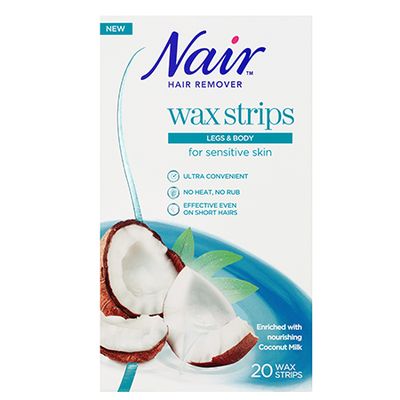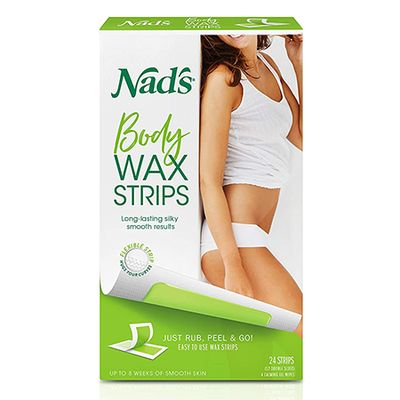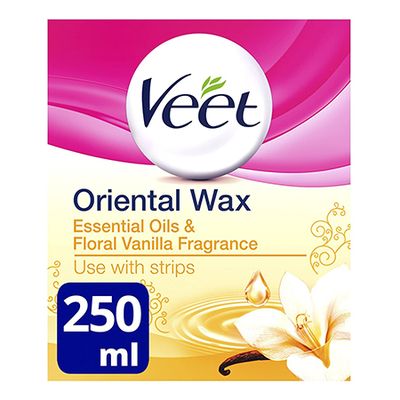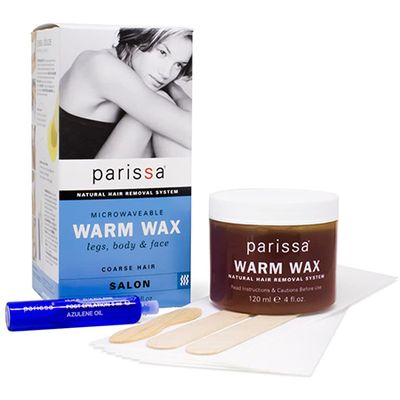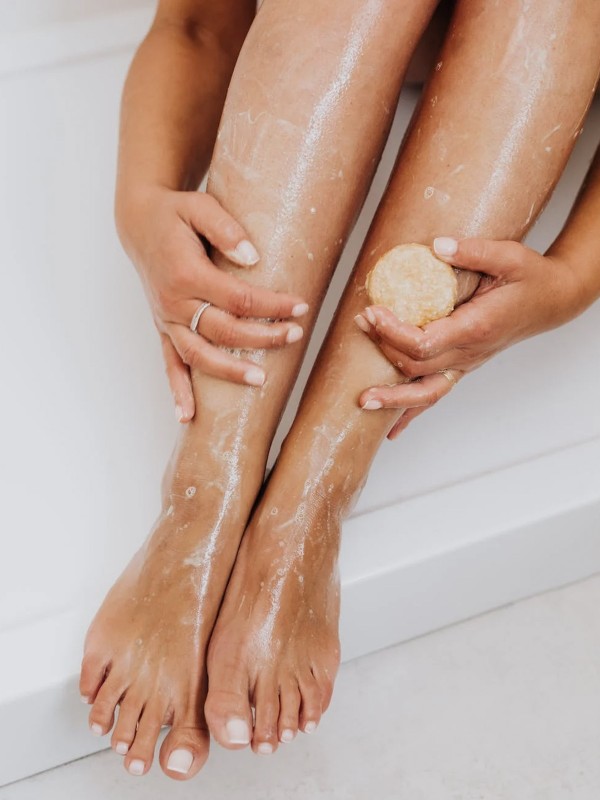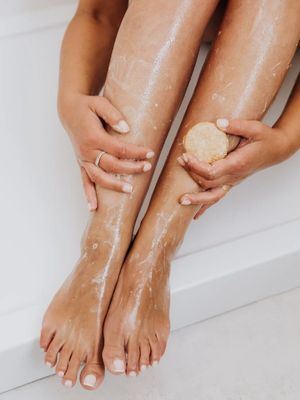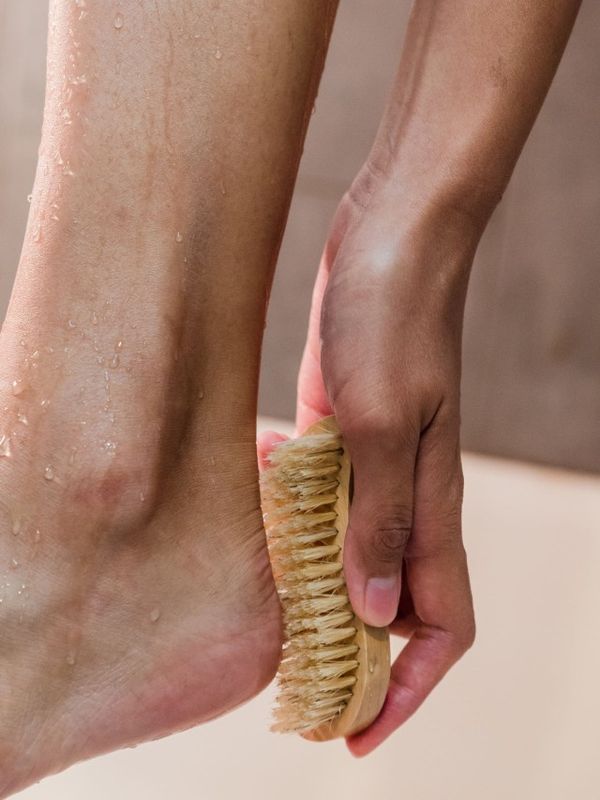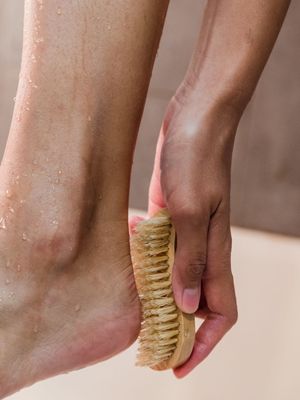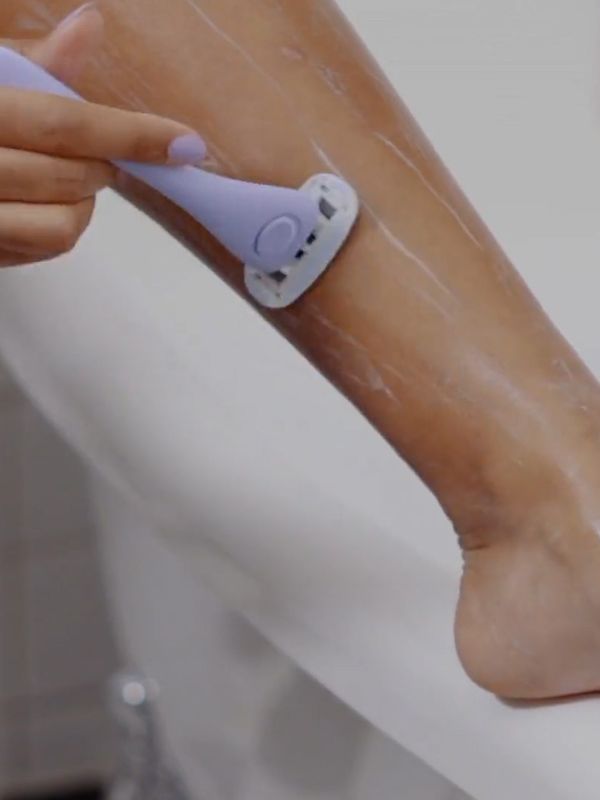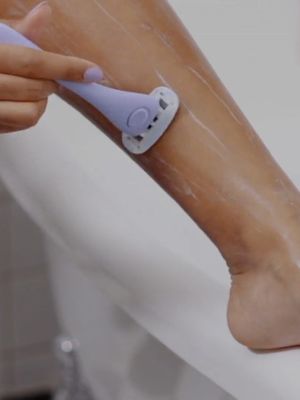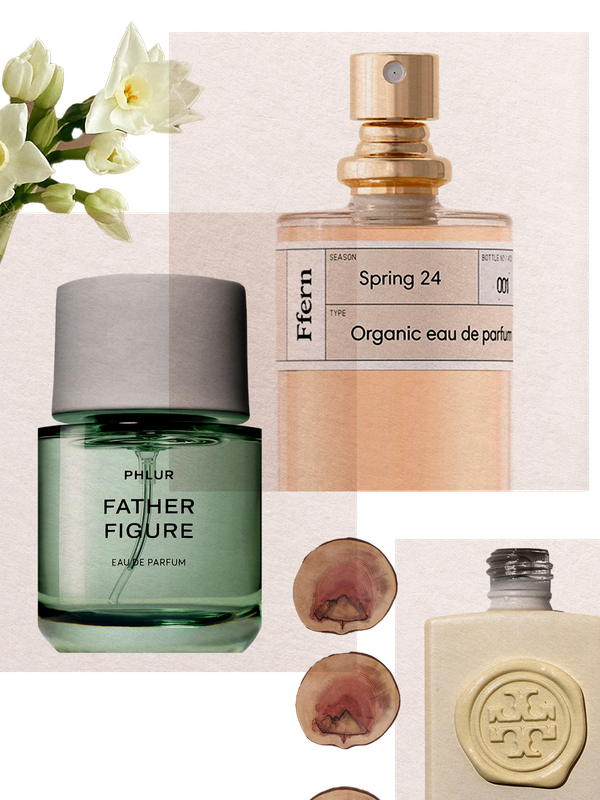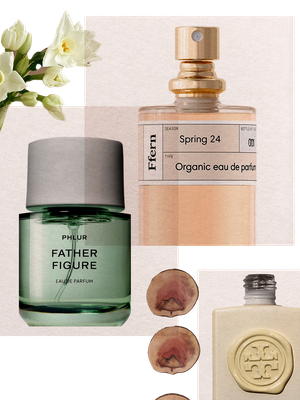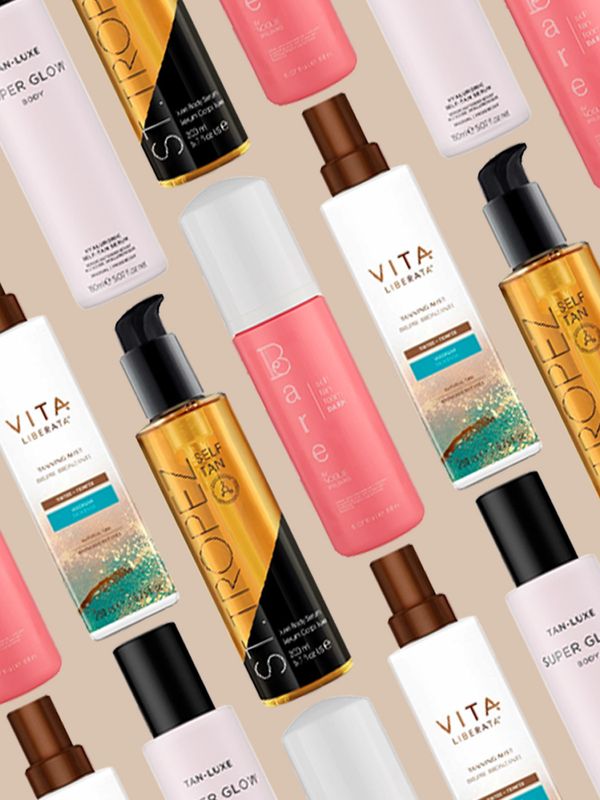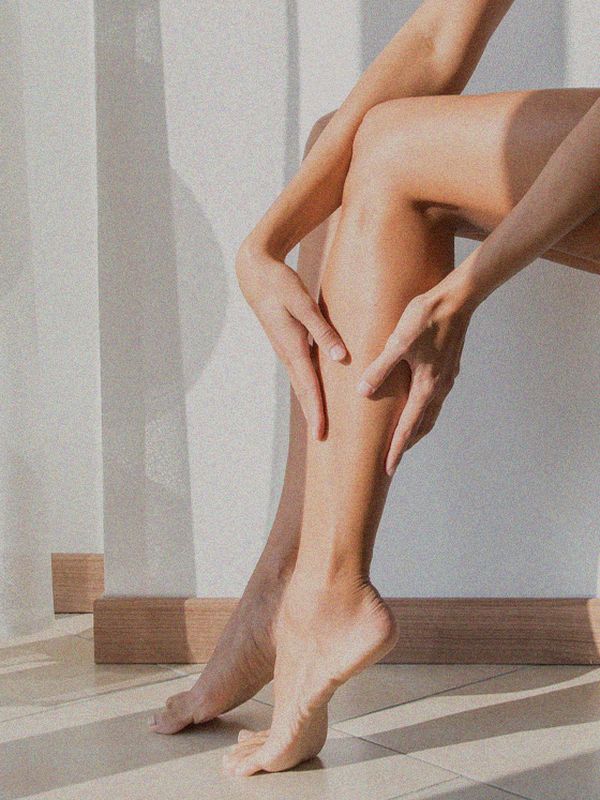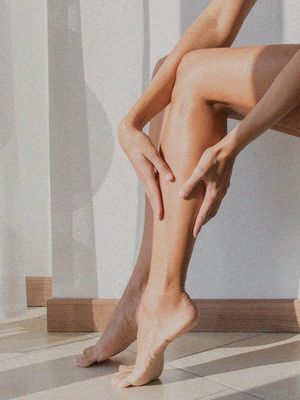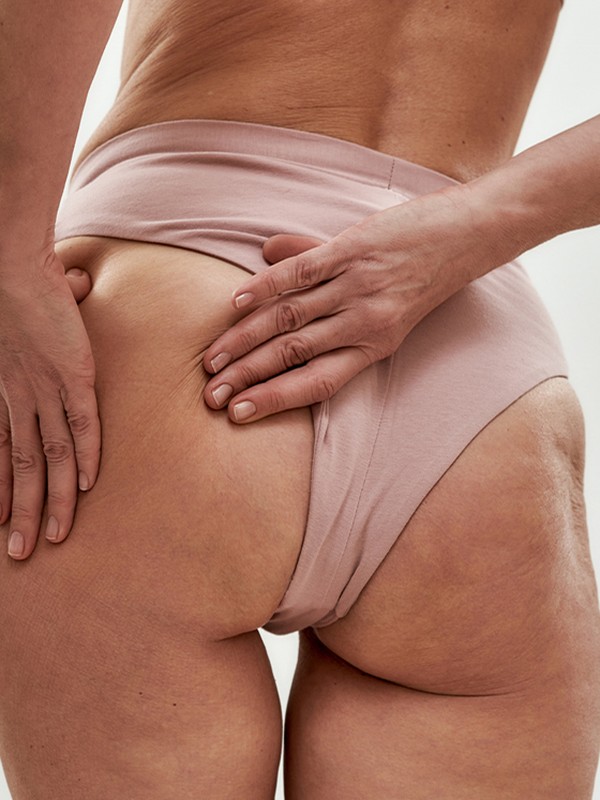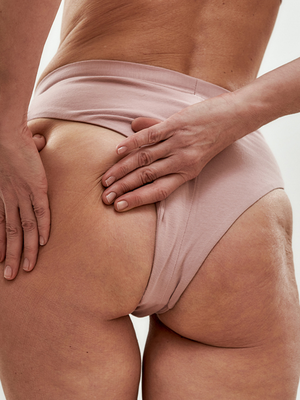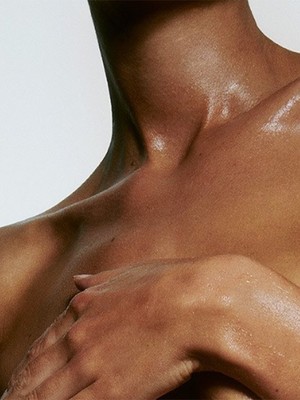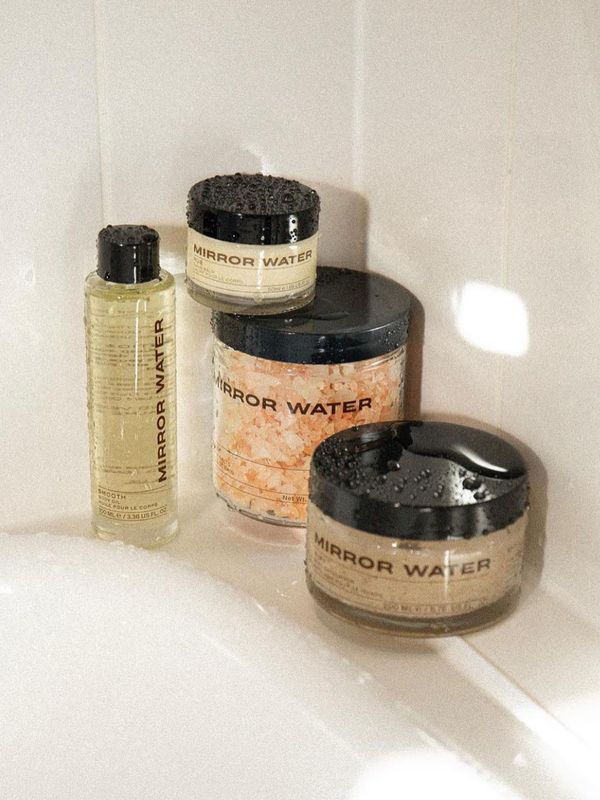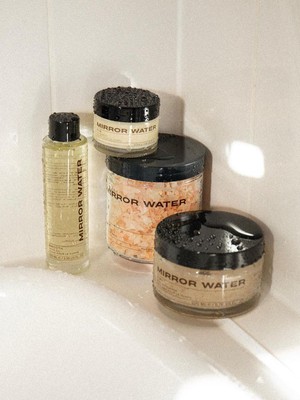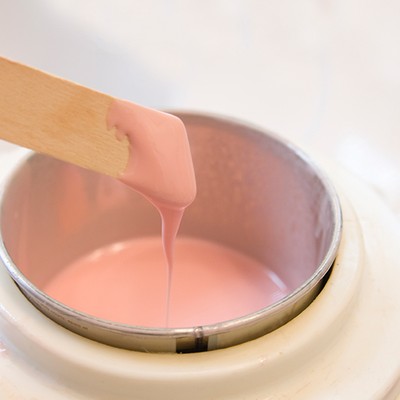
How To Wax Safely & Effectively At Home
DO: Ensure Hair Is Long Enough
“So many people attempt waxing when their hair isn’t long enough,” says skincare specialist Nathalie Eleni. “You need to leave hair to grow for at least two weeks since your last shave or wax, as it will be stronger and more deeply rooted. As a rule, wait for it to be roughly ¼ of an inch long.”
DON’T: Use Moisturiser Beforehand
“Before you wax, avoid using any oils or moisturisers,” explains Sharon Acton, executive therapist at Nichola Joss Clinics. “This will act as a barrier and the wax won’t come off as seamlessly, so you’ll end up with poor results.”
DO: Exfoliate Before & After
“It’s vital to exfoliate your skin a few days before waxing,” adds Nathalie. “Use a gritty body scrub to lift away dead skin cells, boost circulation and release the hair follicle, so that when it comes to removal, it won’t be as painful or aggressive.”
DON’T: Skip The Patch Test
“You wouldn’t get it done at a salon without a patch test and it shouldn’t be any different at home,” says Nathalie. “Always read the instructions thoroughly and carefully, and if you suffer with any irritations or flare ups, leave waxing until you can seek the advice of an expert.”
DO: Shower Before You Start
“Take a shower before you begin and then ensure the area you're waxing is completely dry,” says Sharon. “Because your hair follicles are now open from the exfoliation, it provides a breeding ground for bacteria to grow, so it’s essential the skin is clean to avoid any post-waxing breakouts.”
DON’T: Attempt It On Your Period
“Leave waxing if you’re either due, or on your period,” advises Nathalie. “Your hormones increase your skin’s sensitivity, making the whole process much harder. Same goes for caffeine and alcohol – avoid both beforehand as they can increase heart rate and make the experience much more intense.”
DO: Perfect Your Technique
“Once clean, apply the wax strip in the direction of the hair growth,” adds Sharon. “Skin should be held taut with one hand, while your other pulls off the strip fast in the opposite direction of hair growth. It may take a few practice tries, but be brave and act quickly.”
DON’T: Exercise Straight After
“Once you’ve waxed, skip exercise,” recommends Nathalie. “Exercise often entails wearing tight, air-resistant clothing, which will cause friction in the area – this can lead to redness and ingrown hairs. Plus, you’re likely to sweat which can pave way to bacterial infections. Take a day to let skin return to normal before you reach for your trainers.”
DO: Wax At A Certain Time
“Try waxing in the afternoon,” Sharon advises. “By this time of day, your endorphins will have kicked in, which is your body’s natural painkiller, so waxing in turn should be less painful.”
DON’T: Use Certain Steroids
“Avoid using any retinol, glycolic or salicylic acid-based products for at least a week beforehand,” says Sharon. “The same goes for certain prescription creams like steroids and the acne drug Roaccutane. They can thin the skin, so waxing should be avoided completely. Waxing can be too aggressive and cause more sensitivity, so know your limits.”
DO: Invest In The Right Tools
“Make sure you invest in pre-waxed strips,” adds Sharon. “Not only are they easier to use – especially for novices – but they’re also more hygienic and less likely to risk bacterial contamination.”
DON’T: Choose Any Old Formula
“The thing to get right is the formula,” claims Nathalie. “This is unique to you, so it’s worth doing your research and finding the one that matches your needs best – including your waxing expertise and skin type. If you suffer with sensitive skin, look to products that are rich with coconut milk or other soothing ingredients – they're much gentler all round.”
DO: Treat Skin Post-Wax
“The more nourished and hydrated skin is post-wax, the less likely you are to suffer from red bumps or ingrown hairs,” says Sharon. “Look to aloe vera, and use it on small areas for skin irritation and inflammation. Tea tree oil is a brilliant remedy for larger areas thanks to its healing properties and the antibacterial effects it has on the skin – you can find this in so many body care products now, or use a few drops from a traditional bottle, just be sure to dilute it with water to prevent any reactions.”
Shop Our Pick Of The Best DIY Waxing Kits Below…
DISCLAIMER: We endeavour to always credit the correct original source of every image we use. If you think a credit may be incorrect, please contact us at info@sheerluxe.com.

